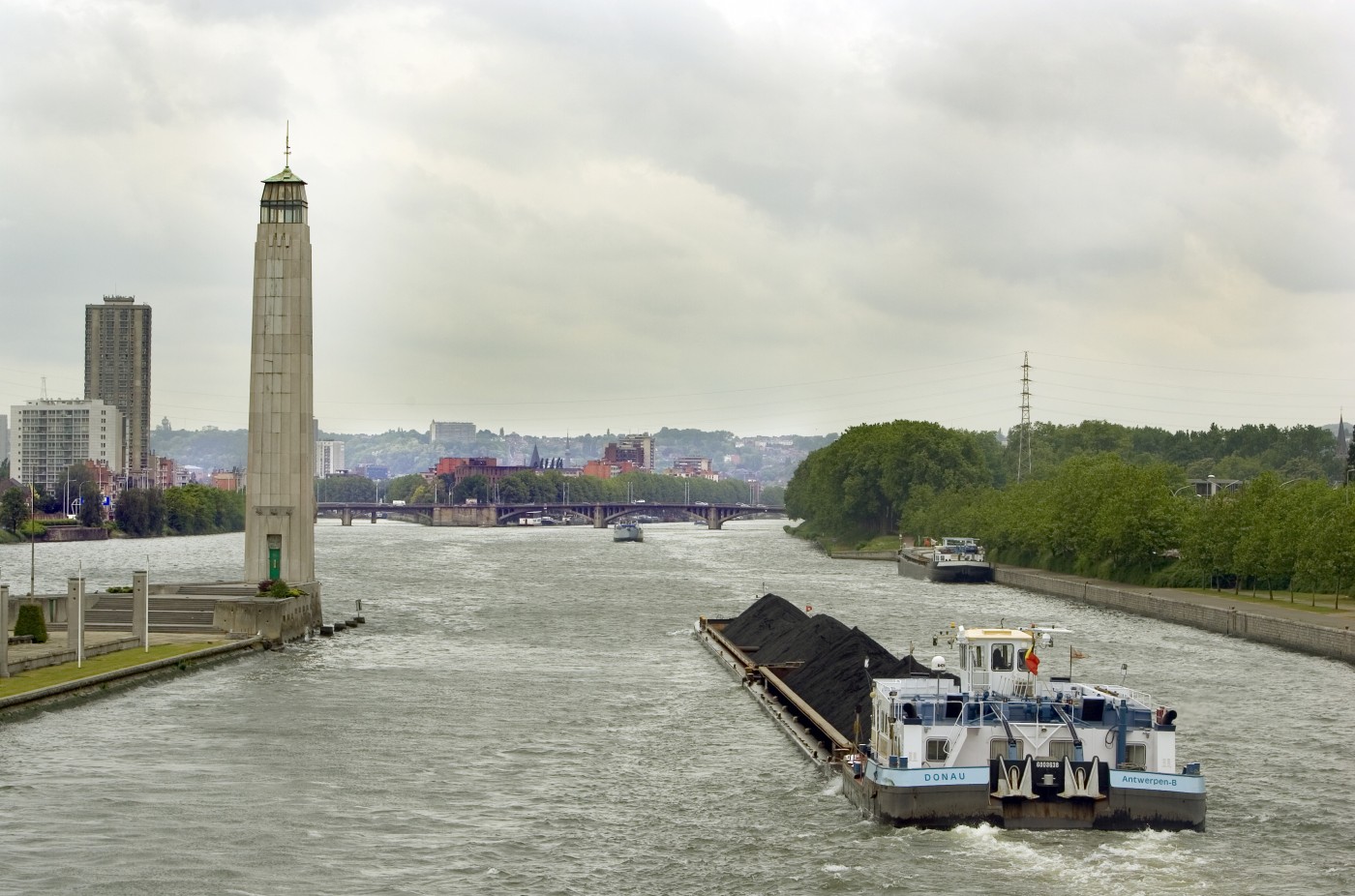10 October 2018
EFIP is very excited to organise its 2018 Executive Committee in Liège, hosted by Liege Port Authority.
Can you describe to us the Port of Liege? What are the main characteristics and challenges for your port to achieve the European TEN-T objectives?
Liege Port Authority is today the 1st Belgian inland port and the 3rd inland port in Europe. Such a position can be explained by several factors, including its truly multimodal nature, its strategic geographical position and the performance of its private concessionaires.
Moreover, trimodality has always been a characteristic of Liege Port Authority, with four trimodal ports (waterway, railway and road).
Modal split data for the Port of Liège shows the presence of inland waterway (IWT), rail and road transport on the site, with IWT occupying a top position before road and rail. 76% of Liege Port traffic is realised by waterway!
Assets of Liege Port:
- strategic inland port in Europe : node in the core network of the Trans-European Transport Network;
- intermodal logistics platforms;
- site for business implementation : 400 ha of operating surface;
- a new platform Liège Trilogiport (120-ha) along the Albert canal with more than 133.000² of available state-of-the –art warehouses.
Liege Port offers:
- daily container shuttle to Antwerp (14h navigation), Rotterdam (20h navigation) and Zeebrugge;
- excellent connections with the North Sea ports (Antwerp, Rotterdam, Zeebrugge, etc.)
- a covered dock;
- access for coasters (up to 2,500 tonnes) and for push convoys of two barges (up to 4,500 tonnes).
Port of Liège therefore represents an ideal location in Europe because it combines different advantages: space of potential lands, several multimodal facilities, little traffic congestion, …
Today Liege Port is recognised as an international logistics place. We have solid economic, commercial, logistics facilities in our region. We will continue to work toward the goal of providing a quality service that brings added value to business networks.

Could you tell us what opportunities a stronger hinterland connection could give to Liege, your area and the European transport sector?
Liege Port occupies a strategic location in Europe and constitutes a primary logistics hub in the Core Network. Indeed, it is located in the heart of a dense network of navigable waterways and in the heart of the hinterland of 4 major North Sea seaports (Antwerp, Zeebrugge, Rotterdam and Dunkirk), at the crossroad of two Trans-European network Rhine-Alpine and North Sea-Baltic corridors and in a region representing a market of possible consumers of 56 million people within 250 km.
Thanks to a stronger hinterland connection, we can offer a very competitive advantage for the companies that will use waterways to transport their goods.
 (c) somef
(c) somef
The open session of our ExCo meeting on 12 October 2018 will centre around “How can the CEF 2 proposal tackles hinterland congestion from the Inland Ports perspective?”: What main challenges did you have with CEF?
Liege Port Authority is very pleased with Europe’s initiative to allocate important funds to the transport sector through the CEF. Indeed, the CEF programme for the period 2014-2020 targets different objectives, some of which are major challenges for inland ports.
The interconnection of the different transport modes and the decarbonisation of the different transport modes are currently being analysed by Liege Port Authority.
Important investments have been realized by Liege Port Authority to connect Liege Trilogiport by rail.
Nevertheless, we need to highlight that Liege Port Authority has less financial means compared to large sea ports to realise investments that do not reach the eligibility thresholds.
The mature criteria of the project can be difficult to meet for certain projects considering the different administrative steps.

How do you see CEF 2 helping the port of Liege tackling congestion problems?
CEF 2 needs to support Port authorities in reaching their objectives and increase waterway traffic.
Liege Port will continue
- To contribute to the effective interconnection and integration of the port to the Core Network;
- The improvement of the operation, management, accessibility, interoperability and efficiency of the core port;
- The enhancement of business relation between the port authority and other agents (rail operator, private companies, etc.);
- To ensure the increase of the port's competitiveness.
 (c) Aerialmedia
(c) Aerialmedia
Related documents
No attachments.